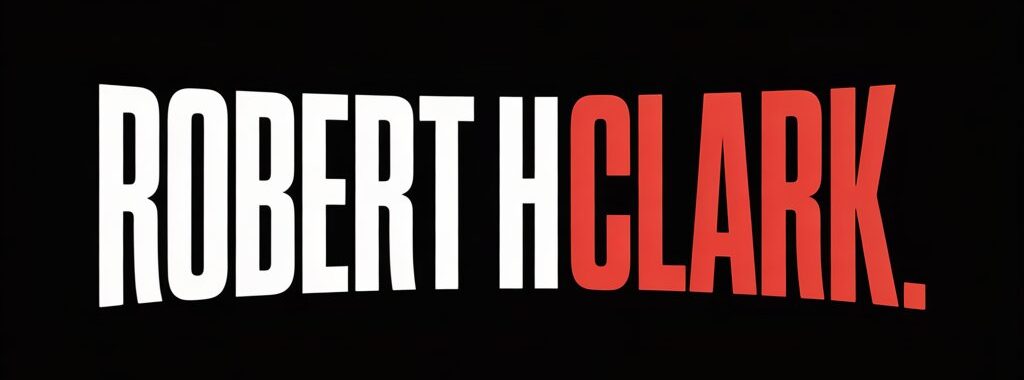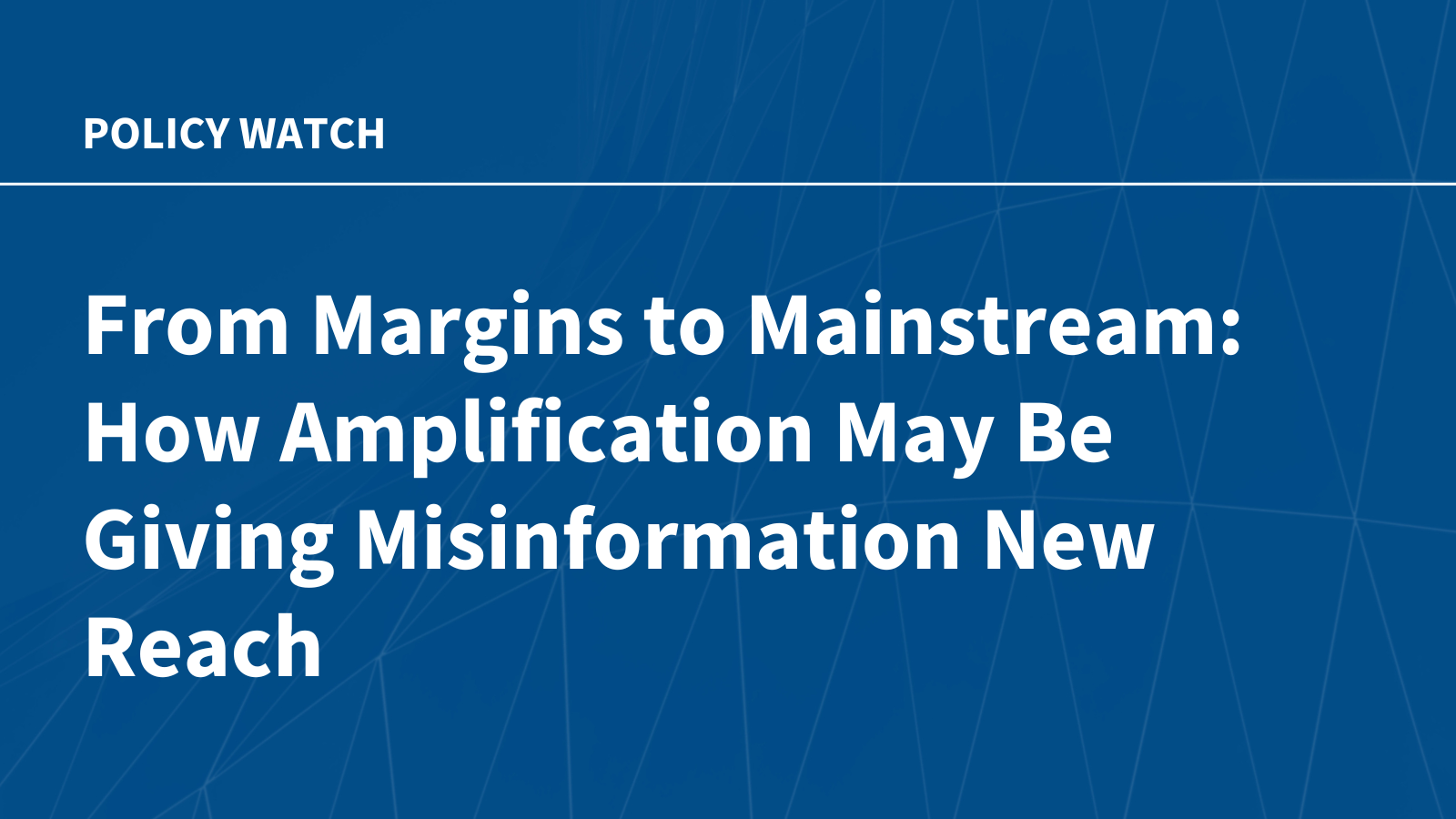Well being communicators face the persistent challenge of balancing correcting misinformation with the chance of amplifying claims that audiences won’t have observed in any other case. As KFF’s President and CEO, Drew Altman famous in a previous column, reporters and communicators “doubtless [have] no selection when [politicians] unfold false data however to cowl it and proper the lies within the course of, however there are selections to be made about the way it’s completed.” This stress was lately illustrated when President Donald Trump briefly shared, and later deleted, an AI-generated video on Fact Social that falsely alleged “medbeds,” a faux expertise featured in a long-standing conspiracy theory, might treatment all ailments and reverse getting old. Though the video was deleted and extensively debunked by mainstream media, like ABC, CNN, MSNBC, and Forbes, protection and dialogue briefly amplified the declare, exposing new audiences and sustaining its circulation. On this instance, a lot of the protection and on-line posts criticized or shared background on the declare, however protection and a spotlight supposed to right or criticize misinformation to an viewers that was beforehand unaware of it can lengthen the declare’s attain and persistence.
Amplifying Misinformation Can Improve its Attain and Persistence
A number of mechanisms contribute to amplification dangers when reporting on or criticizing a declare:
- Engagement-driven dissemination: Content material that provokes a response, whether or not settlement or criticism, generates engagement like clicks, feedback, likes, and shares. Social media algorithms are designed to detect this potential for consideration and amplify it additional. This enables posts that criticize or mock false claims to journey simply as far, or farther, than posts selling them. An analogous sample happens in news media, as protection that elicits reactions like concern, disgust, and shock is extra more likely to be shared throughout networks.
- Repetition and familiarity: Repeated publicity to a false declare, whether or not by means of a number of information tales or recurring social media posts, will increase the notion of plausibility (the “illusory truth effect”). Some studies have even proven that neither fact-checking nor media literacy interventions can absolutely mitigate the consequences of publicity to repeated misinformation.
- Prolonged lifespan: Any reporting, corrective or not, retains a declare in public view longer than if it had been ignored, permitting it to resurface and affect perceptions over time.
Publicity to Misinformation Can Erode Belief
Misinformation spreads extra simply in periods of uncertainty and low institutional belief. In these contexts, even when a particular declare is debunked, narratives like medbeds can persist as a result of they reinforce doubts about official establishments and align with their ideology. These dynamics happen in a panorama of fractured belief. KFF’s Tracking Poll on Health Information and Trust finds that many Republicans report extra belief in well being data from President Trump than from the CDC, FDA, or their native well being division. On this atmosphere, even unsubstantiated claims can have oblique results. Publicity to those claims and corrections can erode belief in well being authorities and authorities by reinforcing skepticism, even with out perception within the particular conspiracy. So, folks could reject the literal declare that medbeds exist however settle for the broader concept that highly effective establishments cover cures or they could have problem believing true data sooner or later.
Proactive and Strategic Communication
Whereas reporting on misinformation too early can have unintended results, leaving it unchecked may depart data voids. Reporting on misinformation requires balancing transparency with amplification dangers. Specializing in verified information, limiting repetition of false claims, and avoiding sensationalizing or mocking narratives can cut back unintended unfold. Analysis and apply provide further methods:
- Construct Viewers Resilience by means of Proactive Prebunking: Prebunking exposes audiences to fact-based data and explains how misinformation spreads earlier than false claims seem. It strengthens resistance, fills information gaps, emphasizes correct information with out repeating false claims, and highlights manipulative techniques. Prebunking is particularly helpful for low- or medium-risk narratives and might complement later debunking if a declare positive aspects traction.
- Debunk Strategically: If there’s cause to consider that misinformation has reached the big swaths of Individuals who’re uncertain about well being data, or “the muddled middle”, debunking could also be needed. The Public Well being Communication Collaborative suggests starting with a transparent reality, offering context on the misinformation and techniques used, and ending with a reinforcing reality. This helps audiences retain correct data whereas limiting amplification of the false declare.
- Construct Belief to Make Corrections Stick: Misinformation persists partly because of underlying distrust. Strengthening group relationships, amplifying trusted messengers, and speaking constantly reduces the enchantment of conspiracies extra successfully than corrections alone.
Misinformation isn’t just about what is alleged, however the way it spreads. By anticipating false narratives, utilizing prebunking and debunking strategically, reporting responsibly, and prioritizing trust-building, communicators can restrict the attain of false claims whereas supporting knowledgeable, resilient audiences.

